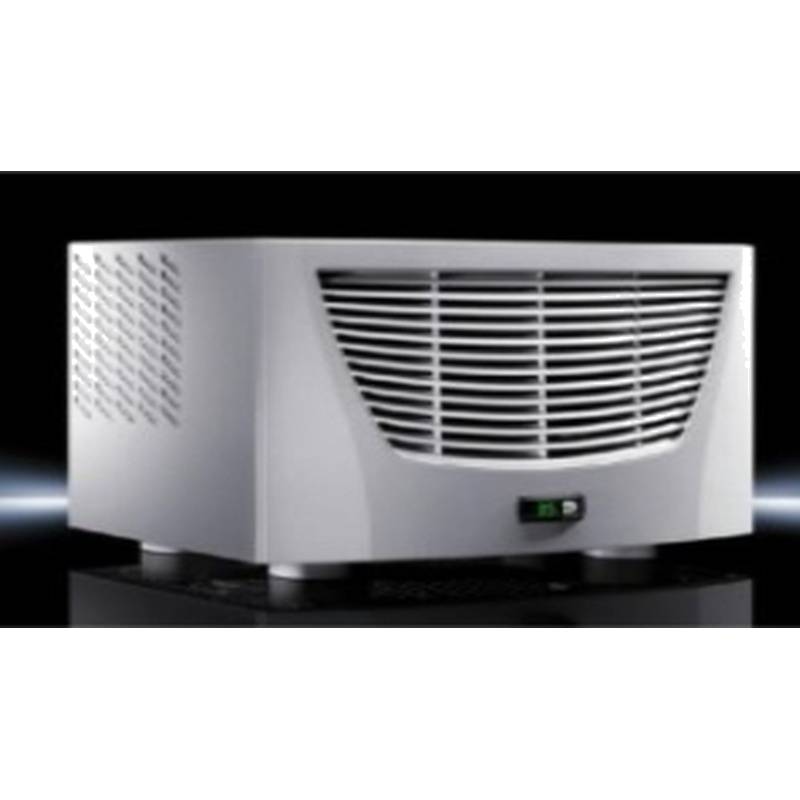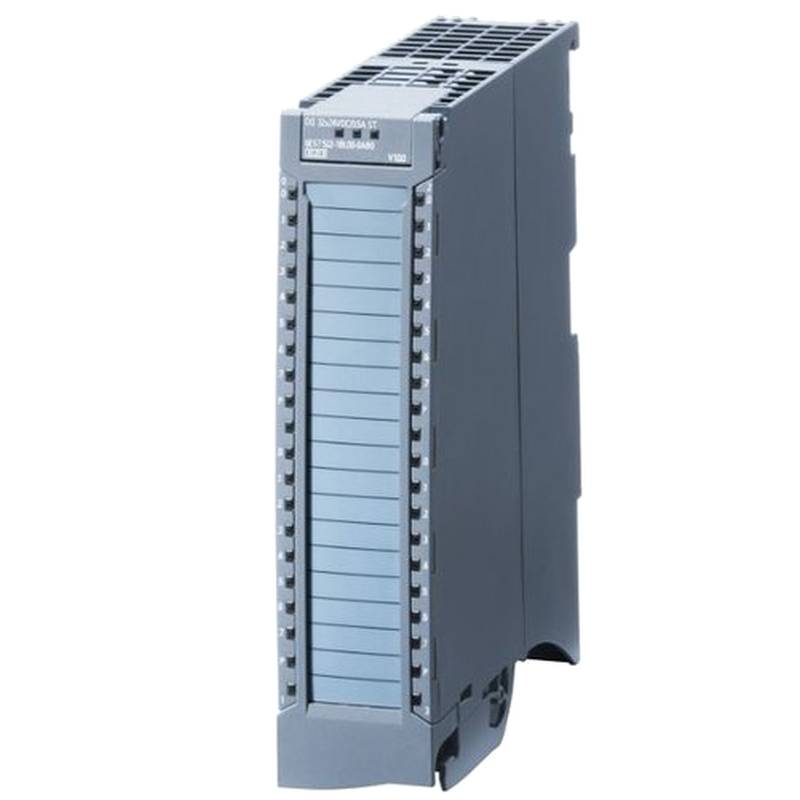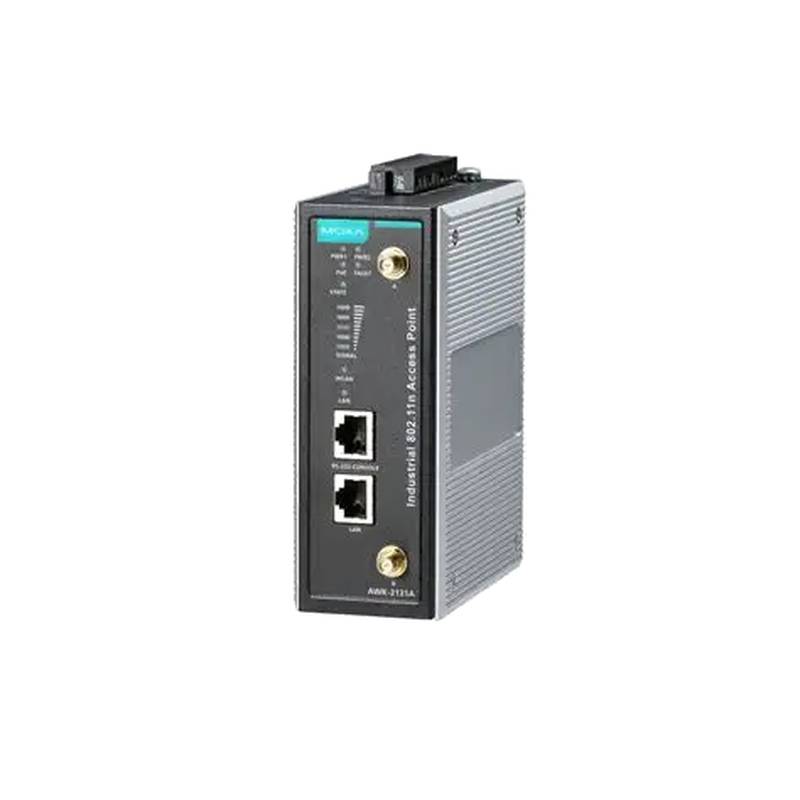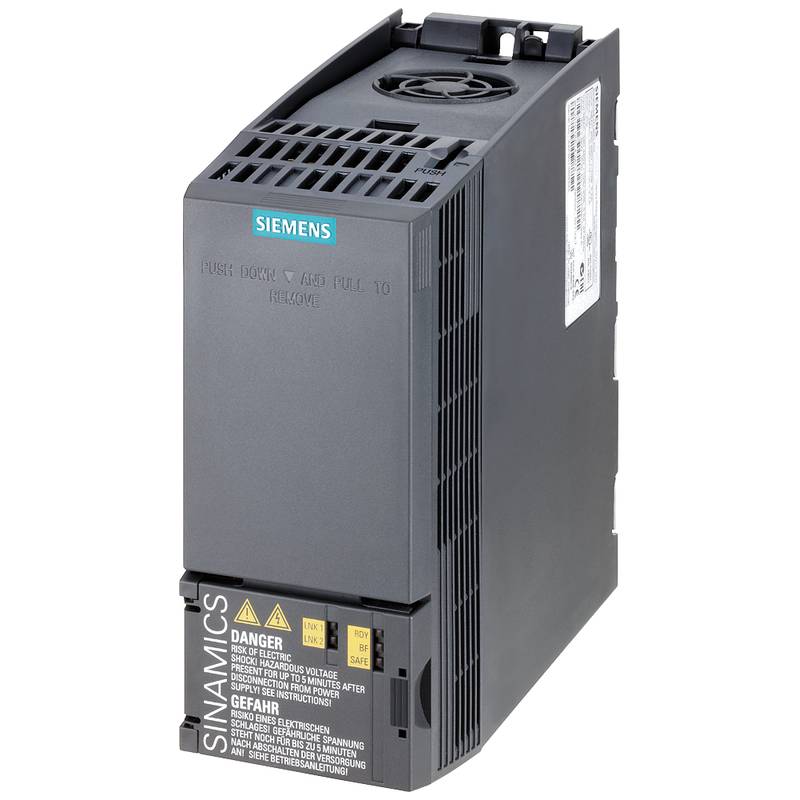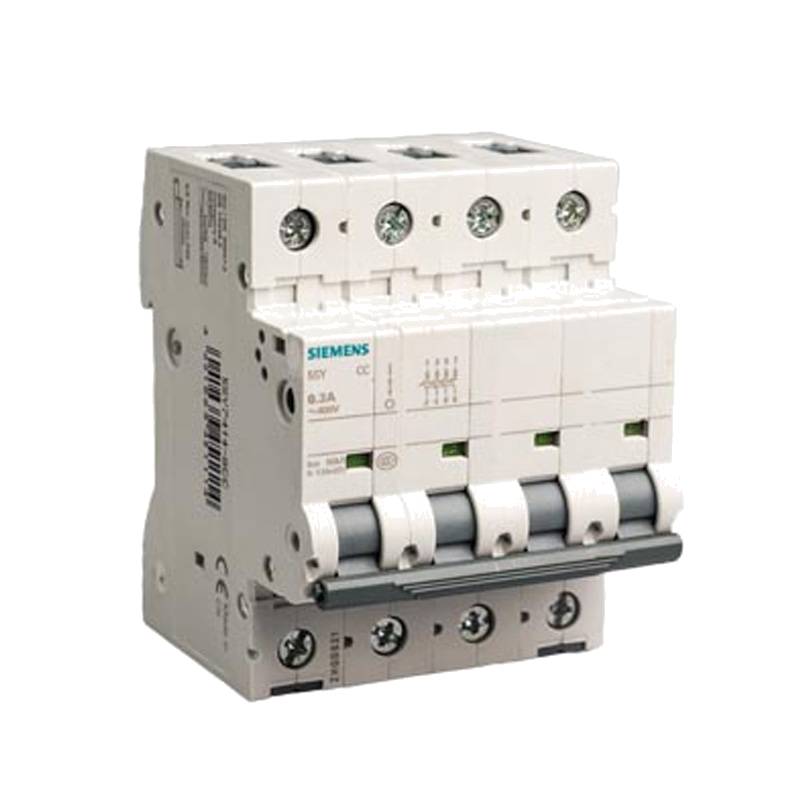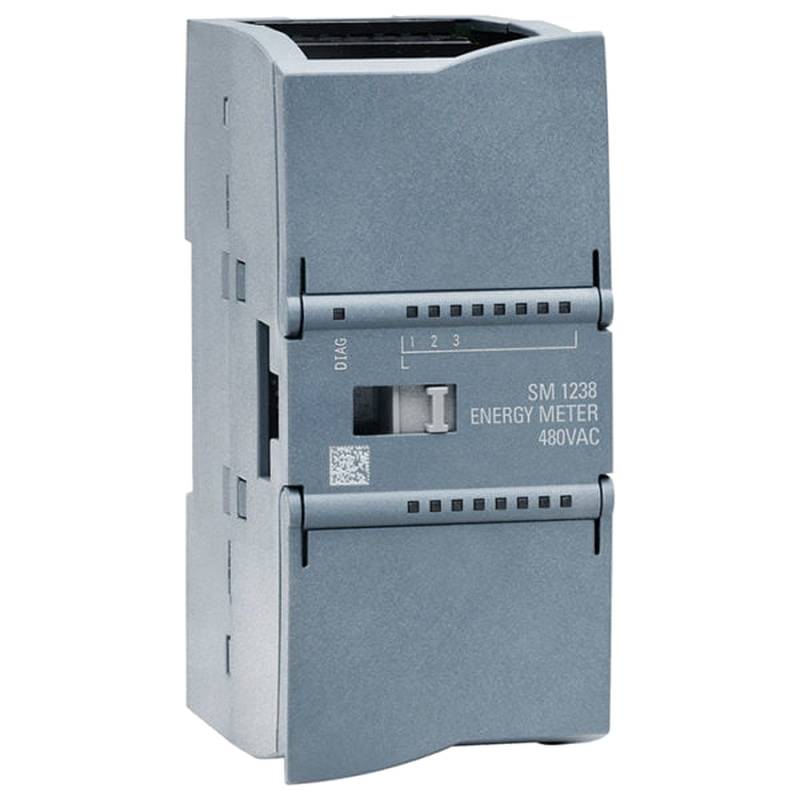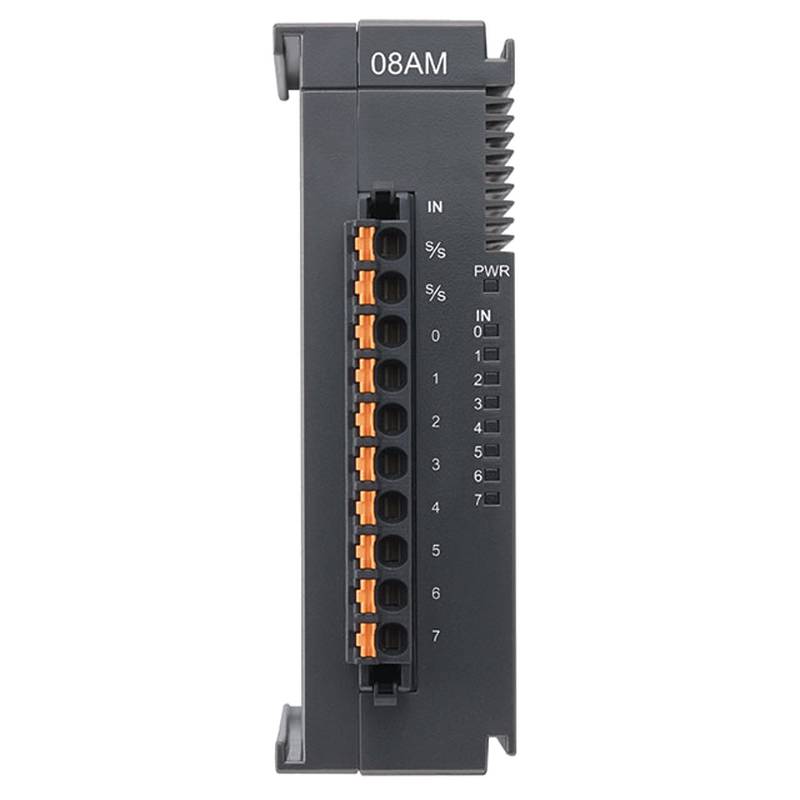
The Rittal SK 3385.510 is a high-performance, mountable cooling unit engineered for demanding electrical enclosure applications, offering robust thermal management and operational reliability. This unit excels in maintaining optimal internal temperatures, crucial for the longevity and consistent performance of sensitive electrical components. Its core advantages lie in its efficient cooling capacity, compact design for easy integration, and robust construction suitable for industrial environments. Key technical parameters include a cooling output of 3.0 kW, an airflow rate of 950 m³/h for the internal circuit and 1000 m³/h for the external circuit, and operation across a wide temperature range from -30°C to +55°C. The unit utilizes the environmentally friendly refrigerant R134a and features a voltage of 400V 3~ 50/60Hz.
Product Specifications
| Feature | Specification |
| :-------------------------- | :---------------------- |
| Cooling Output | 3.0 kW |
| Internal Airflow | 950 m³/h |
| External Airflow | 1000 m³/h |
| Operating Temperature Range | -30°C to +55°C |
| Refrigerant | R134a |
| Voltage | 400V 3~ 50/60Hz |
| Dimensions (W x H x D) | 500 x 1600 x 300 mm |
| Cut-out Dimensions | 485 x 1510 mm |
| Weight | 138 kg |
| Protection Category (IP) | IP55 |
| Color | RAL 7035 |
Core Features & Market Positioning
The Rittal SK 3385.510 stands out in the market for its exceptional cooling efficiency and adaptability, positioning it as a premium solution for complex thermal management challenges. Its robust construction ensures durability in harsh industrial settings, a critical factor for minimizing downtime and maintenance costs. The unit’s advanced thermal regulation technology provides precise temperature control, safeguarding sensitive electronics from overheating and premature failure. This focus on reliability and performance makes the Rittal SK 3385.510 a preferred choice for applications where environmental control is paramount. The unit's design prioritizes ease of integration and maintenance, further enhancing its value proposition for system integrators and end-users alike.
Key Application Scenarios
This mountable cabinet cooling unit is ideally suited for a variety of demanding industrial applications. Its primary function is to regulate temperatures within electrical enclosures housing sensitive control systems, power electronics, and automation components. Common scenarios include deployment in manufacturing plants, process control facilities, and data centers where consistent operational temperatures are vital for uninterrupted performance. The Rittal SK 3385.510 effectively manages heat generated by high-density equipment, preventing thermal runaway and extending the lifespan of critical hardware. Its suitability extends to environments with significant ambient temperature fluctuations, ensuring reliable operation across a broad spectrum of conditions.
Practical System Integration Guidance
Integrating the Rittal SK 3385.510 into existing electrical enclosures is streamlined due to its mountable design. Proper installation involves securing the unit to the enclosure door or side panel using the provided mounting hardware, ensuring a watertight seal to maintain the enclosure's IP rating. Electrical connections should be made by qualified personnel, adhering to the unit’s voltage and frequency requirements (400V 3~ 50/60Hz). The internal and external airflow paths must be unobstructed to guarantee optimal thermal exchange. Commissioning typically involves setting the desired temperature setpoint via the unit’s integrated control interface, followed by operational checks to confirm correct fan and compressor function.
Operation and Risk Mitigation
Safe operation of the Rittal SK 3385.510 requires adherence to electrical safety standards and proper ventilation. Users should ensure the unit is correctly grounded and that all electrical connections are secure before energizing. Regular maintenance, including cleaning of air filters and condenser coils, is essential to maintain cooling efficiency and prevent overloads. Potential risks include refrigerant leaks, electrical faults, and unit malfunction due to environmental extremes or improper installation. Monitoring the unit's operational status and responding promptly to any error codes or unusual sounds can mitigate these risks. The IP55 protection category offers significant defense against dust and low-pressure water jets, but direct high-pressure water exposure should be avoided.
Scalability & Long-Term Value
The Rittal SK 3385.510 offers long-term value through its robust design and compatibility with Rittal's broader enclosure and climate control ecosystem. While this specific unit provides a fixed cooling output, Rittal's comprehensive product range allows for scalable thermal management solutions where multiple units or larger capacity systems can be implemented for future expansion needs. Its integration capabilities with industrial automation platforms and potential for remote monitoring (depending on specific control module configurations) align with Industry 4.0 initiatives, enabling predictive maintenance and optimized energy consumption. The durable construction and availability of spare parts contribute to its extended operational lifespan, minimizing the total cost of ownership.
Frequently Asked Questions
What is the primary function of the Rittal SK 3385.510?
It provides essential cooling for electrical enclosures. This protects sensitive components from overheating. Its main goal is to ensure reliable operation.
This unit regulates internal cabinet temperatures effectively. It prevents damage to electronics due to high heat. It helps maintain optimal performance parameters.
By managing thermal load, it extends equipment lifespan. It is crucial for industrial automation and control systems. It ensures consistent uptime and reduces maintenance.
What are the key technical specifications of this cooling unit?
It boasts a cooling output of 3.0 kW. The airflow rates are 950 m³/h internal and 1000 m³/h external. It operates between -30°C and +55°C.
The unit uses R134a refrigerant for cooling. It requires a 400V 3~ 50/60Hz power supply. Dimensions are 500 x 1600 x 300 mm.
With an IP55 rating, it offers protection. Its weight is 138 kg. The color is standard RAL 7035.
How is the Rittal SK 3385.510 installed in an enclosure?
Installation involves mounting the unit securely. It typically attaches to the enclosure door or side. A watertight seal is critical for IP rating.
Electrical connections must follow 400V 3~ specifications. Use qualified electricians for wiring. Ensure all connections are properly insulated and grounded.
Verify that airflow paths, both internal and external, remain clear. Proper mounting ensures efficient heat dissipation. Avoid obstructions for optimal performance.
Where is this cooling unit typically used?
It is designed for industrial electrical enclosures. This includes control cabinets and automation systems. It protects sensitive electronic components from heat damage.
Applications are found in manufacturing plants. It is also used in process industries. Data centers benefit from its precise temperature control.
The unit is ideal for environments with fluctuating temperatures. It ensures continuous operation of critical equipment. It handles heat generated by high-density devices.
What are the main advantages of using this Rittal cooling unit?
Its primary advantage is efficient thermal management. It maintains stable internal temperatures reliably. This extends the life of sensitive electronics.
The unit offers a robust and durable design. It is built for harsh industrial environments. This minimizes downtime and maintenance needs.
Its compact, mountable design facilitates integration. It provides precise temperature control. It is positioned as a premium, reliable solution.
Can the Rittal SK 3385.510 be used in extreme temperature conditions?
Yes, it operates effectively in a wide range. The specified temperature range is -30°C to +55°C. This covers many challenging industrial environments.
Its robust design ensures reliability. It can handle significant ambient temperature variations. This makes it suitable for diverse operational settings.
Proper installation and maintenance are key. This ensures it performs optimally even in extreme conditions. It protects equipment against thermal stress.
What type of refrigerant does the Rittal SK 3385.510 use?
The unit employs R134a refrigerant. This is a common choice for industrial cooling. It is known for its efficiency in many applications.
R134a is selected for its thermal properties. It is suitable for the operating temperature range. It adheres to relevant environmental standards.
Ensure proper handling of R134a. Consult safety data sheets if needed. Its use is integral to the unit's cooling performance.
How does the airflow system work in this cooling unit?
It features separate internal and external air circuits. The internal circuit cools the enclosure's air. The external circuit expels heat to the environment.
The internal airflow rate is 950 m³/h. The external airflow is 1000 m³/h. This ensures effective heat exchange and dissipation.
Unobstructed airflow is critical for performance. Keep vents and coils clean. This maintains the cooling unit's efficiency.
What is the IP rating of the Rittal SK 3385.510 and what does it mean?
The unit has an IP55 protection category. This means it is protected against dust ingress. It is also shielded from low-pressure water jets.
IP55 ensures significant protection for operation. It is suitable for many industrial environments. It helps maintain the integrity of electrical enclosures.
Despite this rating, avoid high-pressure water exposure. Proper sealing during installation is vital. It ensures the enclosure remains protected.
How does this unit contribute to Industry 4.0 integration?
It can be integrated with automation platforms. This enables remote monitoring capabilities. It supports data collection for IIoT solutions.
This integration allows for predictive maintenance. It optimizes energy consumption through smart control. It enhances overall operational efficiency.
Its compatibility with modern control systems adds value. It fits into a connected industrial ecosystem. It supports digital transformation initiatives.














